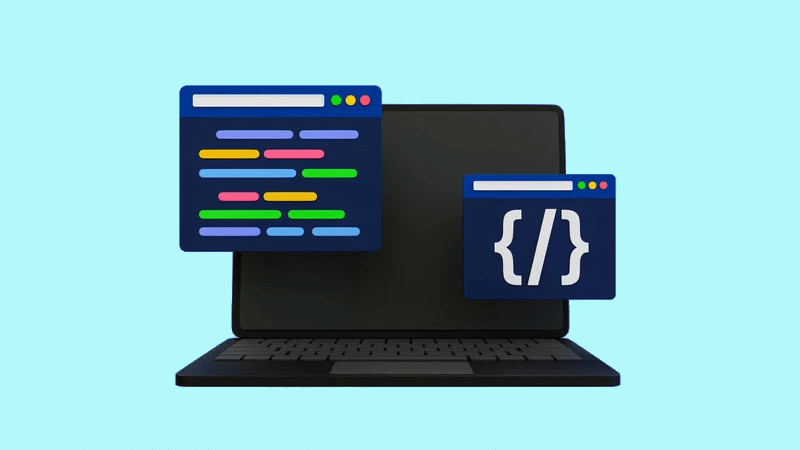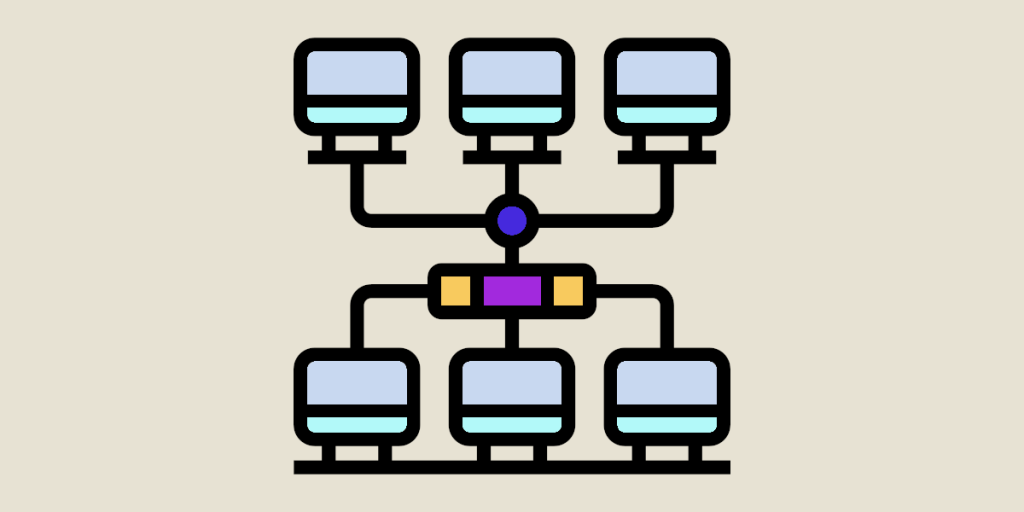Computational Resources are essential in the world of computing and science, especially for Data Science. Find out everything you need to know.
Computers and their ability to perform calculations play a crucial role in our modern world.
They are the basis of many recent innovations such as digital simulation, machine learning, image recognition, artificial intelligence and cryptography.
However, to function, machines need tools. These are called Computational Resources.
The different types of Computational Resources
Originally, the term Computational Resources referred to several hardware and software components, each with specific functions.
Among the most important are processors. They are responsible for executing calculations and computer programs.
The main categories are CPUs (central processing units), GPUs (graphics processing units), TPUs (tensor processing units), FPGAs (field-programmable gate arrays) and ASICs (application-specific integrated circuits).
Another essential resource is memory. It enables data to be stored in such a way as to be quickly and easily accessed by the processor.
A distinction is made between the faster RAM (random access memory) and ROM, which stores data that cannot be modified. Cache is another type of memory used to temporarily store data in use.
There are different types of data storage devices. HDDs and SSDs are among the most common, but magnetic tapes are also used for long-term storage of large quantities of information.
Networks, meanwhile, enable computers to communicate with each other. This is essential for file sharing and remote collaboration. This can be a local area network (LAN) or a wide area network (WAN).
What are Computational Resources used for?

Computer programs exploit computational resources to perform specific tasks.
Each program is written in a language such as Python, C++ or Java. It must be compiled or interpreted to be executed on a processor.
This is why programmers need to optimize their code, to minimize execution time and resource consumption.
This can be achieved by using efficient algorithms and avoiding unnecessary loops. Another trick is to use libraries and frameworks optimized for a specific use of Computational Resources.
Optimization also helps to reduce computer energy consumption, which can have a heavy impact on the environment and weigh on a company’s costs.
Computational Resources in the Cloud
In cloud computing environments, Computational Resources are available on demand via the Internet.
Users of platforms such as Amazon Web Services (AWS), Microsoft Azure or Google Cloud Platform (GCP) can leverage powerful server components such as processors, memory or network infrastructure.
Depending on the needs of their applications and workloads, companies can increase or reduce their resource consumption. This is known as “scaling”.
The various IT services offered by cloud providers can be considered as Computational Resources.
For example, virtual machines are virtual computers running on the provider’s cloud servers. They are often used to run applications requiring dedicated resources and customized configuration.
In the age of DevOps and cloud-native computing, cloud platforms offer container services. These are isolated, infrastructure-independent execution environments for applications.
This approach to development offers great flexibility and rapid scalability.
Similarly, high-performance computing clusters are groups of virtual machines offering extremely high computing performance. They are used for intensive tasks such as simulation, data analysis or modeling.
A crucial role in Data Science

In Data Science, Computational Resources are used to carry out intensive calculations, such as processing large quantities of data, training Machine Learning models or simulating complex scenarios.
The latest generation of powerful processors, graphics processing units (GPUs), fast memory and massive storage space are generally used. Many data scientists use the cloud to access these resources.
Machine Learning models require a large number of calculations to adjust parameters and minimize prediction errors. To train them on a large scale, a vast amount of resources is required.
Computer simulations also enable Data Scientists to understand how different scenarios can influence the results of an experiment. This makes it possible to study complex systems such as climate, social networks or financial markets.
Data visualization also requires high computing power to create interactive graphics from large datasets. This is also the case for the analysis of unstructured data that needs to be transformed beforehand.
The future of Computational Resources
In the near future, computers will evolve with the emergence of new technologies. For example, Quantum Computing uses the properties of quantum physics to perform calculations even faster.
Edge Computing, meanwhile, involves running applications at the edge of the network infrastructure, as close as possible to the end-user. This reduces latency and improves performance.
Neuromorphic computing, on the other hand, is inspired by the workings of the human brain to create computers that are far more energy-efficient and powerful.
These new technologies will be accompanied by Computational Resources of a new kind, such as quantum processors or artificial intelligence chips…
Conclusion
Computational resources are the fuel of computers, and play an essential role in many fields such as Data Science and Machine Learning.
In the age of cloud computing, it’s all the more important to know how to manage these resources and optimize their consumption.
With DataScientest training courses, you can learn to master cloud platforms like AWS and Microsoft Azure and receive certification.
You can also learn to use containerization solutions such as Docker and Kubernetes through our Data Scientist, Data Engineer, Data Analyst, Data Product Manager or Machine Learning Engineer training courses.
All our programs can be completed remotely, and our organization is eligible for funding from the Compte Personnel de Formation. Discover DataScientest now!










